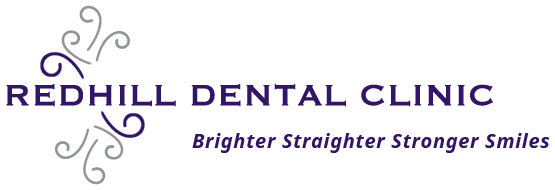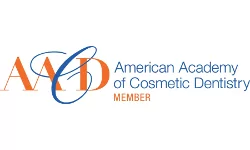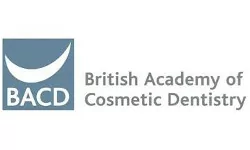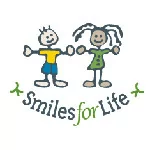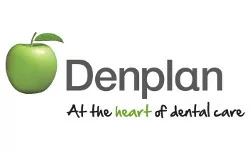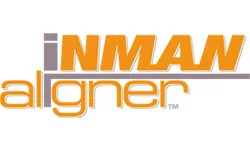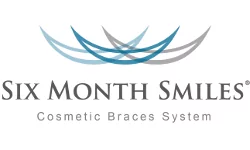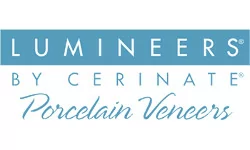It’s quite common for patients to be concerned that visiting the dental hygienist is not necessary, you may wonder if the hygienist is simply a ruse to get you to spend more money at the dentist. The purpose of this blog post is to explain what the hygienist does and to help you understand what you can do at home to make their job easier and save you money.
What does a dental hygienist do?
The simplest way to do this is to look at the General Dental Council Scope of Practice which explains exactly what each of the dental professions is trained, competent in and indemnified for. A dental hygienist can:
- Carry out a clinical examination.
- Complete a periodontal examination including charting and indexing.
- Diagnose and treatment plan hygiene related therapies.
- Prescribe, take, process and interpret x-rays (radiographs).
- Give appropriate dental health advice.
- Provide preventative oral care to patients and liaise with dentists over the treatment of caries, periodontal disease and tooth wear.
- Undertake cleaning both above the gum and under the gum.
- Use antimicrobial therapies to manage plaque and related diseases.
- Applied topical treatments and fissure sealants.
- Provide advice on how to stop smoking.
- Give dental block analgesia injections.
- Assist with the care of dental implants and treatment of peri-implant tissues.
- Identify anatomical features and recognise abnormalities including interpretation of common pathology.
- Carry out an oral cancer screening.
Your dental hygienist therefore has a key role each time you visit the dentist, they are there to help keep you dentally fit and healthy and because it is not your dentist taking on these duties a dental hygienist can actually save you money as well.
As part of a dental hygiene visit they will not only look at your existing hygiene and carry out any treatments required, your dental hygienist will also give you advice. To help with this, we’ve written our own dental healthcare advice checklist for you to follow each day.
How to brush your teeth
Clean your teeth properly
- Wait for at least 20 min after eating before brushing your teeth. This gives your teeth time to recover from the acid attack of eating.
- Brush your teeth holding the toothbrush at a 45 degree angle.
- Brush for 2 min at least twice per day.
- Use a pea sized amount of fluoride containing toothpaste, reduce the size for children and infants.
- Floss or clean your teeth with interdental brushes at least once per day.
- Use a good quality mouthwash in between meals but NEVER just after brushing. (Mouthwash contains less fluoride than toothpaste, if you rinse your mouth out with mouthwash after brushing then you actually reduce the amount of fluoride in contact with your teeth)
Your dental hygienist questions answered
How to remove plaque
It is unfortunately not possible to remove plaque or tartar safely at home, you stand a high risk of damaging your delicate gum tissues if you try. Tarter (which is hardened plaque) should only be removed by your dental hygienist or dentist, they have special sterile instruments to do this and are trained to delicately remove this hard substance and not damage your gums.
How to remove stains from teeth
Depending on how stained your teeth are there are three primary ways to remove stains:
- Professional cleaning. Your dental hygienist will use a special cleaning paste and rotating brush to clean the surface of your teeth, this can often remove mild stains.
- Micro-abrasion. This is where an extremely fine sand is gently blasted against your teeth, this micro-abrasion removes more stubborn surface stains.
- Teeth whitening. Once all of the surface stains have been removed by either cleaning or micro-abrasion you can then whiten your teeth to remove the intrinsic yellow staining which may have happened over the years.
Teeth whitening toothpastes may also have a mild effect at home.
Can you use baking soda to clean your teeth?
It is not generally recommended to clean your teeth with baking soda. Baking soda (bicarbonate of soda) is abrasive if used repeatedly, this abrasion can damage the outer enamel surface of your teeth leaving it more prone to acid attack and erosion.
Should you floss before or after brushing?
It generally doesn’t matter whether you floss before or after brushing, the key is that you do floss and clean in difficult to reach areas in between your teeth. These are areas in between your teeth where the bacteria lurk in the hardened tartar. Cleaning in between your teeth with floss or an interdental brush can help to prevent the plaque hardening into this tartar.
It also doesn’t matter whether you floss your teeth in the morning or the evening, it really is up to you.
